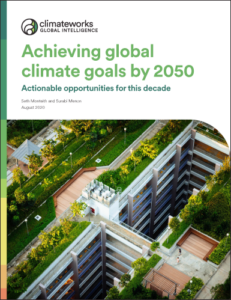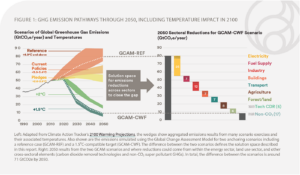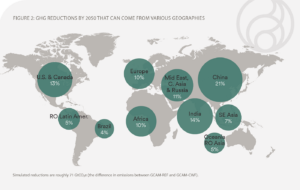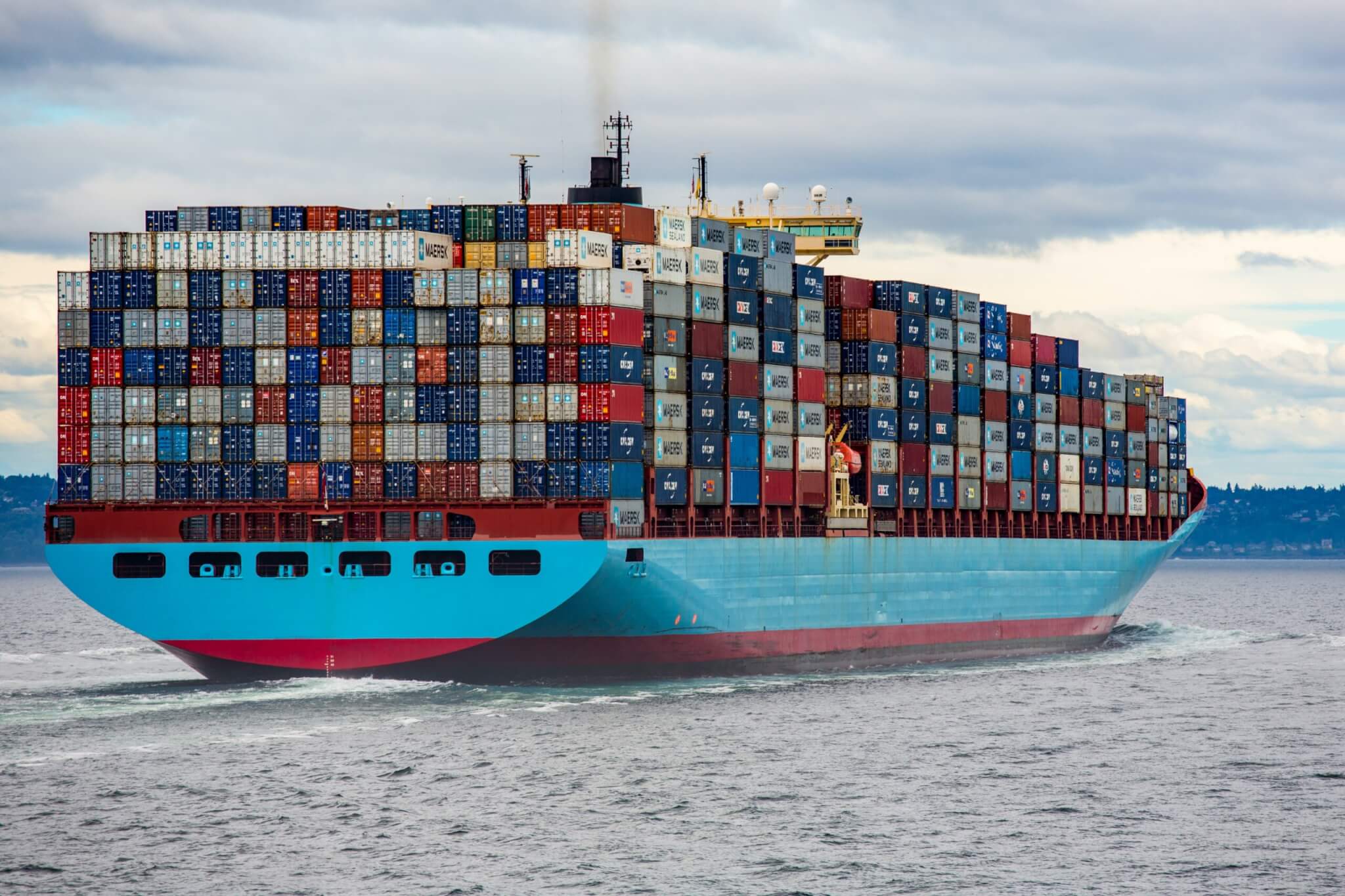Achieving global climate goals by 2050: Actionable opportunities for this decade
By Seth Monteith and Surabi Menon
 In 2015, countries around the world signed on to the landmark Paris Agreement on climate change, with the goals of limiting global temperature rise to less than 2⁰C and making every effort to stay below 1.5⁰C. In order to reach these targets, the world is now facing a decisive decade to take transformative action. Research suggests that global greenhouse gas emissions need to be halved relative to 2019 levels (from around 54 GtCO2e) by 2030, and eventually reach net-zero by around mid-century.
In 2015, countries around the world signed on to the landmark Paris Agreement on climate change, with the goals of limiting global temperature rise to less than 2⁰C and making every effort to stay below 1.5⁰C. In order to reach these targets, the world is now facing a decisive decade to take transformative action. Research suggests that global greenhouse gas emissions need to be halved relative to 2019 levels (from around 54 GtCO2e) by 2030, and eventually reach net-zero by around mid-century.
In a new ClimateWorks Global Intelligence report, “Achieving global climate goals by 2050: Actionable opportunities for this decade,” we highlight seven sectors distributed across 10 global geographies where the world can target large-scale emissions reduction opportunities to meet global climate goals. By examining the opportunities at the sectoral and geographic levels, as well as the philanthropic levers that enable climate action, we reveal not only areas of opportunity, but also a nuanced story about the cross-linkages and trade-offs inherent to any climate change mitigation strategy.
Mitigation opportunities by sector
Using a range of climate scenarios developed with the open-source Global Change Assessment Model (GCAM), and designed in partnership with the University of Maryland and program experts at ClimateWorks Foundation, the report provides detailed information on how deep transformations in seven sectors can help put the world on a path to a climate-safe future.
Figure 1 indicates that about 71 GtCO2e can be reduced by 2050, in line with what is needed to limit temperature rise to 1.5⁰C. Since current policies in place and policy commitments (yellow and orange wedges) can lead to further reductions from a reference case, we estimate reductions of roughly 30 GtCO2e by 2030 and 50 GtCO2e by 2050 are needed.
Mitigation opportunities by geography
Looking beyond sectors, Figure 2 shows the countries and regions where emissions reductions can take place, with close to 80% of emissions reductions needed by 2050 being possible in China, India, the U.S. and Canada, Europe, Africa, Southeast Asia, and Brazil.
Key insights for creating a climate strategy
Considering the landscape of opportunities across sectors and geographies is a key step in creating climate strategies for philanthropy and other climate actors. In this report, we explore this landscape, further revealing details and insights on individual sectors, while also flagging the importance of the interdependencies and trade-offs between them. Robust strategy development depends on understanding the interconnections and trade-offs between choices. This is where detailed modeling is useful — to provide granular information on drivers of activities, and how they impact and interact with energy systems, land use systems, and our planet.
The specifics of how to enact these emissions reductions depends on many factors beyond the data and insights in this report. Subsequent research will focus on how these data and insights from this report on emissions reductions can be targeted while also accounting for external factors. These insights will build not only upon our research and data, but our decade of experience in climate philanthropy, developing effective programmatic and grantmaking strategies that drive meaningful change on the ground. Combined, these resources will help funders and others in the climate philanthropy ecosystem to think big and develop their own robust climate change mitigation strategies.
Learn more
Contact us to learn more about climate change mitigation opportunities, climate strategy development, or our climate model.




